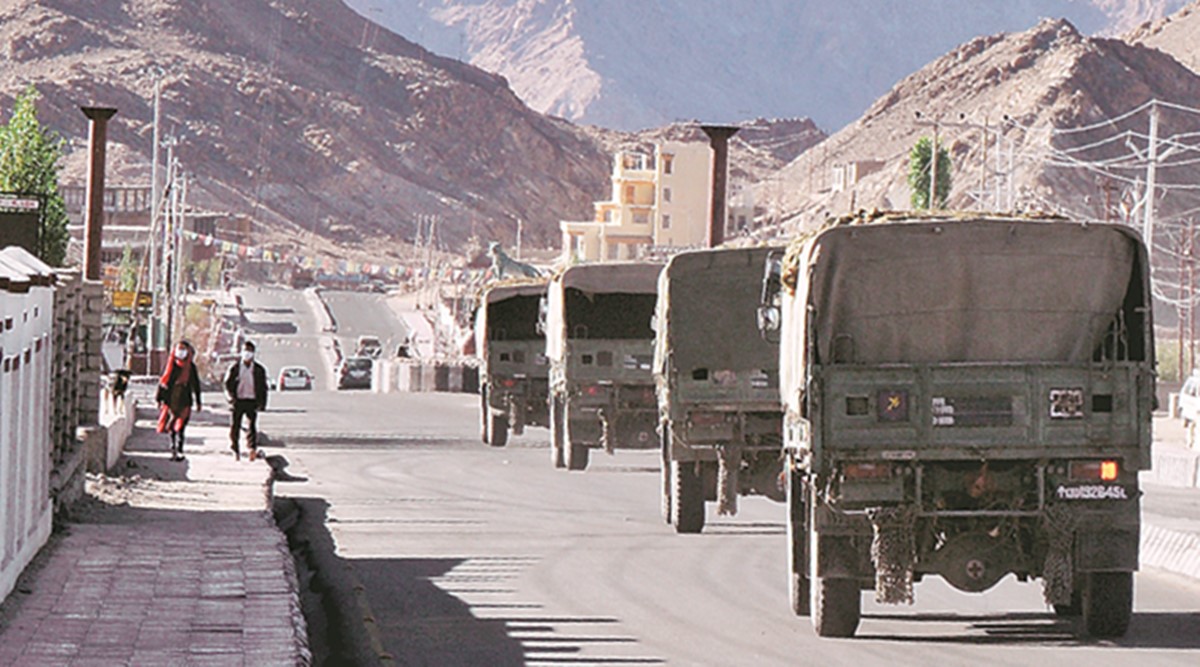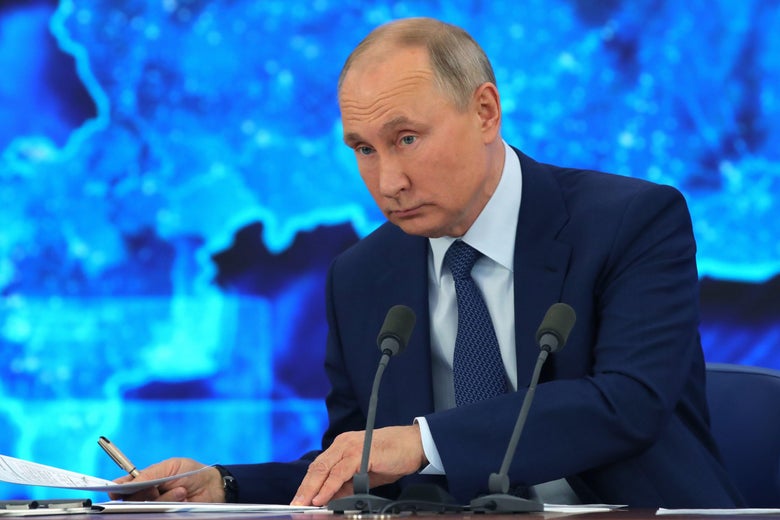by Ameya Pratap Singh

M K Narayanan, former National Security Adviser, argues that it is “axiomatic that leaders make better decisions when they have better information”. The Chinese made no effort to conceal PLA troop mobilisations in Pangong Tso and Hotsprings-Gogra and so there was no question of them having evaded India’s high-quality imagery intelligence (IMINT) and signals intelligence (SIGINT) capabilities. He concludes, therefore, that the intelligence failure occurred at the “interpretation” or “analysis” stage. Indian intelligence analysts failed to “decipher China’s intentions in time”. On this front, he criticises the decision of the National Security Council Secretariat (NSCS) to dismantle the Joint Intelligence Committee (JIC), and laments the lack of China experts in India’s premier foreign intelligence agency, R&AW.














